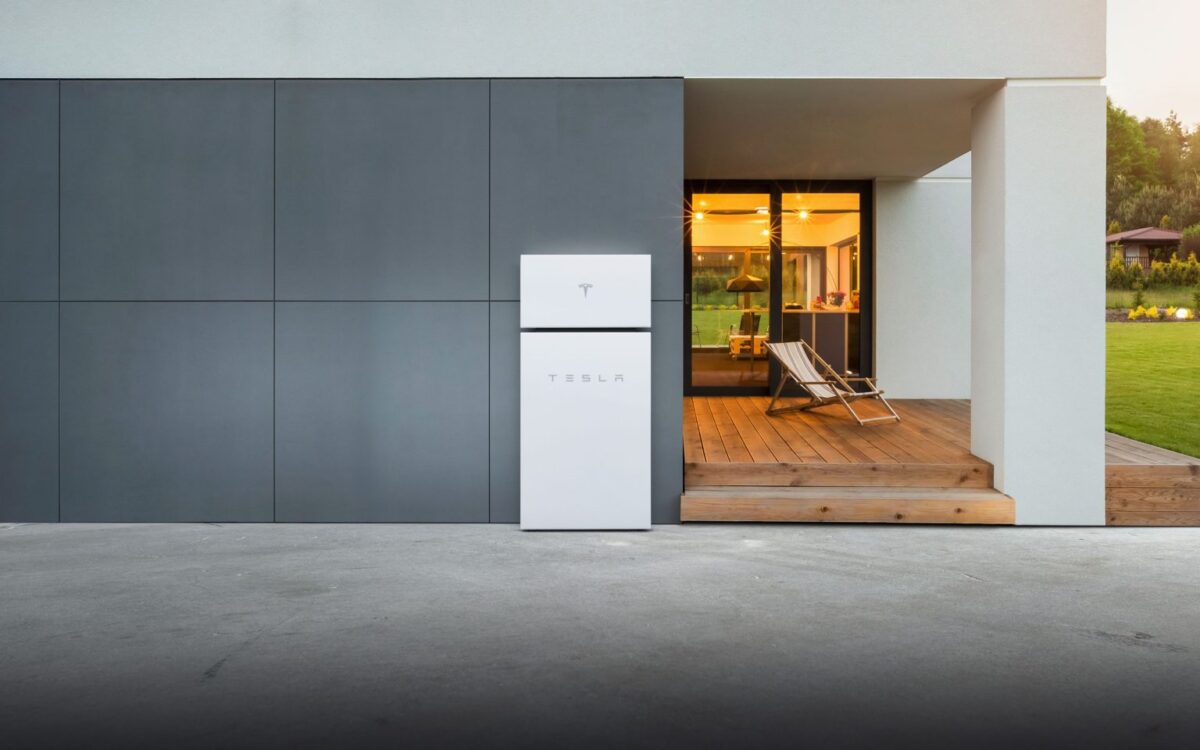n.one.one
Info w/o Drama
I'd like to have a spreadsheet to track solar data and a TMC search brought me to this excellent thread. Since I didn't find a simple spreadsheet I thought it would be nice if TeslaFi applied their skills to a branch of the program dedicated to Tesla Energy. I just submitted a request at TeslaFi asking if they would consider creating a solar version of TeslaFi to track solar panels/roof and Powerwalls. Please consider upvoting it on TeslaFi. Here is a link.
 support.teslafi.com
support.teslafi.com
Solar version of TeslaFi to track solar panels/roof and Powerwalls / General / TeslaFi
As a TeslaFi subscriber for about three years I appreciate the tracked data and the constant improvements to the program. I've just installed Tesla solar panels and Powerwalls and it would be nice to rely on TeslaFi for the same type of data analysis as I've used for my Tesla vehicles. It's my...
 support.teslafi.com
support.teslafi.com
Last edited:



